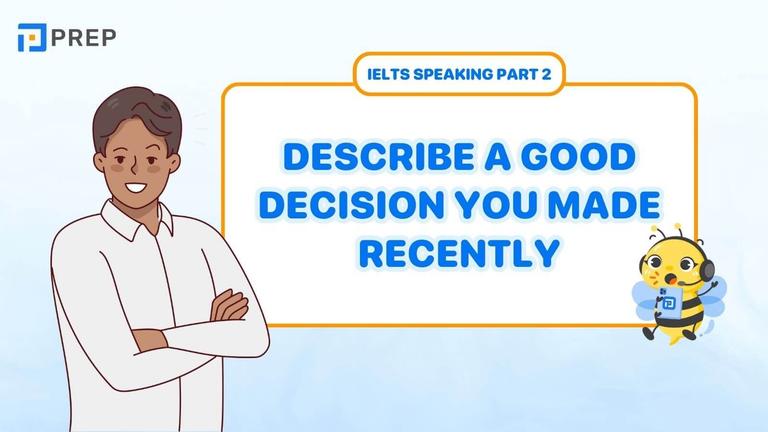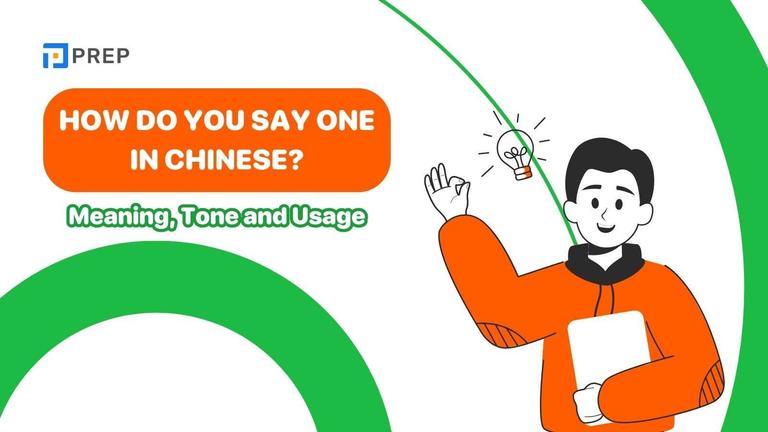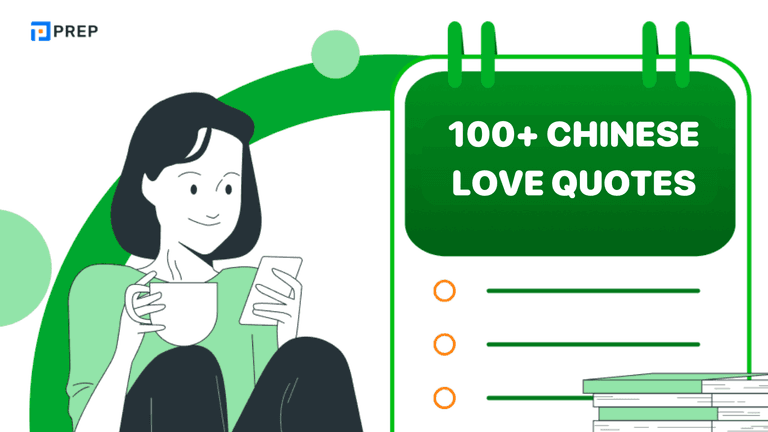Friend Chinese: Meaning, Characters and Usage Guide
Curious about how to say “friend in Chinese”? This guide explains the word 朋友 (péngyou), covering its meaning, pronunciation, and characters. You’ll also explore related vocabulary, everyday phrases, and idioms about friendship, plus its role in Chinese culture and art.
I. What Does “friend in Chinese” Mean?
The most common way to say “friend in Chinese” is 朋友 (péngyou / péngyǒu). It is a fundamental word in Mandarin, widely used in daily communication, literature, and even cultural expressions about relationships.
朋 (péng):
- Originally depicted two moons side by side in ancient oracle bone script, symbolizing brightness and companionship.
- Over time, it came to mean companion, partner, or peer.
友 (yǒu):
- Directly translates as friend.
- Suggests mutuality and closeness in relationships.
Combined, 朋友 conveys the idea of companionship and mutual support.
Usage in Modern Chinese
- Spoken Chinese: 朋友 (péngyou) is the everyday term, used in both casual and polite conversations.
Example: 他是我的朋友 (Tā shì wǒ de péngyou) – He is my friend. - Written Chinese: The same word appears in books, newspapers, and essays. In formal writing, variants such as 友人 (yǒurén) may also appear, especially in literature or older texts.
Variants and Contextual Meanings
- 好朋友 (hǎo péngyou): good friend, close friend.
- 老朋友 (lǎo péngyou): old friend, longtime friend.
- 知己 (zhījǐ): confidant, someone who knows you deeply.
- 挚友 (zhìyǒu): sincere friend, used in formal contexts.
In Chinese society, friendship is often described not just as a social bond but as a relationship that carries loyalty, mutual respect, and sometimes lifelong commitment. Phrases like 朋友之间要互相信任 (Friends should trust each other) highlight the cultural weight of the word 朋友.
1. How to Pronounce “friend in Chinese”
The standard pronunciation follows pinyin as péngyǒu, though in casual daily conversation, the second syllable often becomes neutral tone (péngyou), making it easier and more natural to pronounce.
Tone Breakdown
- péng (朋): Second tone - rising pitch from mid to high level
- yǒu (友): Third tone - dipping tone that falls then rises (often pronounced lightly in compound words)
In natural speech, the 友 (yǒu) frequently becomes neutral tone when following 朋 (péng), creating a more fluid pronunciation pattern that native speakers use automatically.
IPA Notation: [pʰə̌ŋ.jou]
The pronunciation includes:
- Initial aspirated "p" sound with breath release
- Rising tone on the first syllable
- Dipping tone on the second syllable (or neutral in casual speech)
Tone Practice Tips
- Natural Linking: Practice connecting the two syllables smoothly without pausing between 朋 and 友. The tone combination should flow naturally rather than sound choppy or forced.
- Tone Variation: Start by practicing the full tones (péng + yǒu), then gradually adopt the more casual neutral tone pattern (péng + you) for everyday conversation.
Example Sentence: 他是我的朋友 (Tā shì wǒ de péngyou) — He is my friend
This sentence provides excellent practice for using 朋友 in context, with the neutral tone pronunciation that sounds most natural in connected speech. Practice the complete sentence to develop proper rhythm and tone flow.
2. How to Write “friend in Chinese” Characters
The word 朋友 (péngyou) consists of two separate characters: 朋 (péng) and 友 (yǒu). Both are commonly used in classical texts as standalone words and together form the modern expression for “friend.”
Character 1: 朋 (péng)
- Meaning: Companion, associate.
- Radical: 月 (moon/flesh radical).
- Origin: In ancient script, 朋 depicted two moons side by side, symbolizing brightness and companionship.
- Stroke count: 8 strokes.
- Stroke order overview:
- Left “moon” component (horizontal → vertical → hook → two dots).
- Right “moon” component written the same way.
- Mnemonic: Two moons together = companions → friends.
Character 2: 友 (yǒu)
- Meaning: Friend.
- Radical: 又 (right hand).
- Origin: Suggests offering a hand in friendship.
- Stroke count: 4 strokes.
- Stroke order overview:
- Horizontal line.
- Diagonal stroke down to the left.
- Stroke down and to the right.
- Final short stroke finishing the shape of 又.
- Mnemonic: A hand reaching out, symbolizing friendship.
Writing Tips
- Practice each character separately, then combine them to form 朋友.
- Use graph paper or stroke order apps to maintain proportion.
- Pay attention to balance: 朋 is wider and made of two symmetrical parts, while 友 is compact and slanted.
II. Types of “friend in Chinese” Vocabulary
Chinese offers a rich vocabulary for describing different types of friendships and relationship levels. Understanding these distinctions helps you communicate precisely about your social connections and navigate Chinese friendship culture appropriately.
Friendship Levels and Closeness
|
Chinese |
Pinyin |
English |
Usage Context |
|
朋友 |
péngyǒu |
Friend |
General, universal term |
|
好朋友 |
hǎo péngyǒu |
Good friend |
Close friendship |
|
老朋友 |
lǎo péngyǒu |
Old friend |
Long-term friendship |
|
新朋友 |
xīn péngyǒu |
New friend |
Recently met |
|
死党 |
sǐdǎng |
Best friend |
Very close, informal |
|
知己 |
zhījǐ |
Intimate friend |
Soul mate, deep understanding |
|
挚友 |
zhìyǒu |
Close friend |
Formal, literary term |
Relationship Context Types
|
Chinese |
Pinyin |
English |
Usage Context |
|
同学 |
tóngxué |
Classmate/school friend |
Educational setting |
|
同事 |
tóngshì |
Colleague |
Workplace relationship |
|
室友 |
shìyǒu |
Roommate |
Living situation |
|
网友 |
wǎngyǒu |
Online friend |
Internet relationship |
|
笔友 |
bǐyǒu |
Pen pal |
Correspondence friend |
|
酒友 |
jiǔyǒu |
Drinking buddy |
Social drinking context |
|
牌友 |
páiyǒu |
Card game friend |
Game playing context |
Gender and Romantic Distinctions
|
Chinese |
Pinyin |
English |
Usage Context |
|
男朋友 |
nán péngyǒu |
Boyfriend |
Romantic relationship |
|
女朋友 |
nǚ péngyǒu |
Girlfriend |
Romantic relationship |
|
异性朋友 |
yìxìng péngyǒu |
Opposite-sex friend |
Platonic cross-gender |
|
同性朋友 |
tóngxìng péngyǒu |
Same-sex friend |
Same gender friendship |
|
红颜知己 |
hóngyán zhījǐ |
Female confidant |
Close female friend (for men) |
|
蓝颜知己 |
lányán zhījǐ |
Male confidant |
Close male friend (for women) |
Friend Actions and Social Activities
|
Chinese |
Pinyin |
English |
Usage Context |
|
交朋友 |
jiāo péngyǒu |
Make friends |
Action of befriending |
|
做朋友 |
zuò péngyǒu |
Become friends |
Forming friendship |
|
找朋友 |
zhǎo péngyǒu |
Look for friends |
Seeking friendship |
|
交个朋友 |
jiāo gè péngyǒu |
Make a friend |
Casual befriending |
|
绝交 |
juéjiāo |
Break friendship |
End relationship |
|
和好 |
héhǎo |
Reconcile |
Restore friendship |
These vocabulary categories provide the foundation for discussing different types of friendships and social relationships in Chinese, enabling more precise communication about your personal connections and social experiences.
III. Common Phrases and Sentences with “friend in Chinese”
Learning how to use 朋友 (péngyou) in real sentences helps learners apply the word naturally in daily conversations. Here are some practical examples and idiomatic expressions related to friendship.
Everyday Sentences
|
Chinese |
Pinyin |
English Translation |
|
他是我的朋友 |
Tā shì wǒ de péngyou |
He is my friend |
|
我有很多中国朋友 |
Wǒ yǒu hěn duō Zhōngguó péngyou |
I have many Chinese friends |
|
我去看朋友 |
Wǒ qù kàn péngyou |
I’m going to visit a friend |
|
我们是最好的朋友 |
Wǒmen shì zuì hǎo de péngyou |
We are best friends |
|
你愿意做我的朋友吗? |
Nǐ yuànyì zuò wǒ de péngyou ma? |
Do you want to be my friend? |
Idioms and Expressions About Friendship
|
Chinese |
Pinyin |
Literal Meaning |
English Equivalent |
|
患难见真情 |
huànnàn jiàn zhēnqíng |
True feelings are seen in adversity |
A friend in need is a friend indeed |
|
酒逢知己千杯少 |
jiǔ féng zhījǐ qiān bēi shǎo |
A thousand cups of wine aren’t enough with a true friend |
True friends never tire of each other’s company |
|
朋友多了路好走 |
péngyou duō le lù hǎo zǒu |
With more friends, the road is easier to walk |
Friends make life easier |
|
独学而无友,则孤陋寡闻 |
dú xué ér wú yǒu, zé gūlòu guǎwén |
Studying alone without friends leads to narrow views |
Learning with friends broadens knowledge |
These examples show how 朋友 is not only a basic word but also deeply embedded in Chinese idioms and cultural sayings. Practicing these sentences helps learners sound more natural and culturally aware.
IV. Cultural and Artistic Views of “friend in Chinese”
The word 朋友 (péngyou) is more than just a simple term for “friend” in Mandarin. It carries cultural depth and artistic significance that reflect Chinese values around relationships and community.
Friendship in Chinese Culture
- In Confucian philosophy, friendships are seen as one of the important bonds that shape social harmony.
- A true friend is expected to bring trust, loyalty, and mutual growth.
- Common saying: 朋友多了路好走 (péngyou duō le lù hǎo zǒu) – With many friends, the road is easier to walk.
Friendship in Literature and Poetry
- Classical Chinese poetry often highlights the value of friendship.
- Example: 李白 (Lǐ Bái) and 杜甫 (Dù Fǔ), two famous Tang poets, celebrated friendship in their works.
- Poems use 朋友, 知己 (confidant), or 友谊 (friendship) to symbolize trust, companionship, and shared journeys.
Calligraphy and Artistic Expression
- The characters 朋 and 友 are popular in calligraphy artworks, wall scrolls, and decorative pieces for study rooms.
- Phrases like 友谊 (yǒuyì – friendship) or 友情 (yǒuqíng – affection between friends) are often written in brush style to inspire connection and warmth.
Modern Symbolism
- In modern art and tattoos, 友 or 友情 may be chosen as symbols of loyalty and connection.
- However, learners are encouraged to verify cultural appropriateness before using Chinese characters decoratively.
Mastering how to say and use “friend in Chinese” goes beyond learning the word 朋友 (péngyou). It’s about understanding the characters, pronouncing them naturally, and applying the term in real conversations. From everyday greetings to idioms and cultural expressions, learning “friend in Chinese” helps you connect more deeply with Mandarin speakers and appreciate the role of friendship in Chinese culture.
Keep building your confidence with PREP’s step-by-step lessons, example-rich practice, and learner-friendly tools—designed to help you speak Chinese naturally, one essential word at a time.

Hi I'm Chloe, and I am currently serving as an Product Content Administrator at Prep Education. With over five years of experience in independent online IELTS study and exam preparation, I am confident in my ability to support learners in achieving their highest possible scores.
Comment
Premium content
View allPersonalized roadmap
Most read












